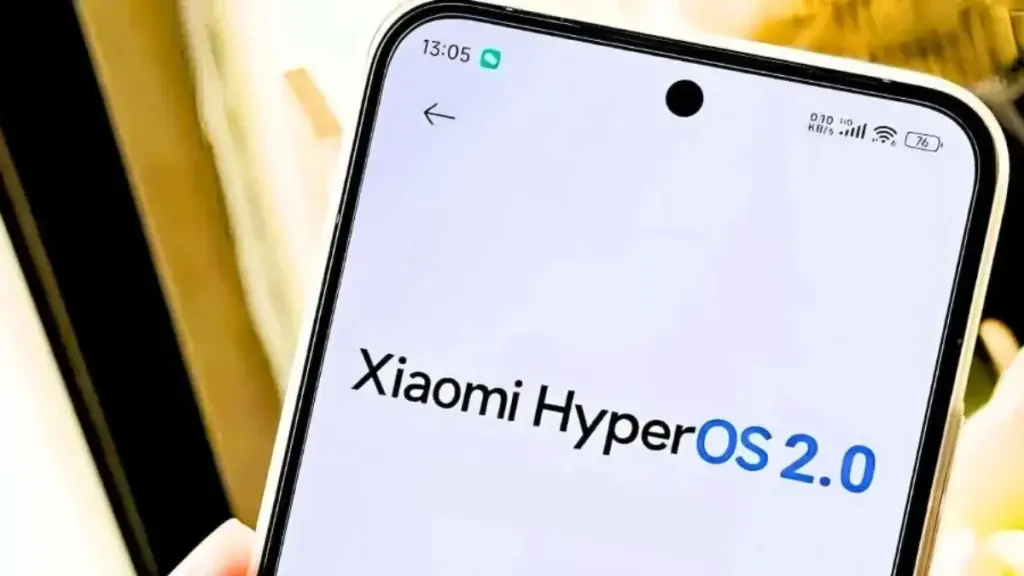Xiaomi has been developing the second generation of HyperOS for some time. A line of code previously discovered by Xiaomitime hinted at the existence of HyperOS 2.0. Recent reports from China suggest that this version will be unveiled on October 10.
Potential Release on Redmi K70 Ultra
According to an image leak, the Redmi K70 Ultra (review) might receive the HyperOS 2.0 update as OS2.0.1.0.VNNCNXM on October 10, 2024. This implies that the second generation of HyperOS could make its debut on this date. While some might question if Xiaomi will introduce the new HyperOS on a Redmi device first, it’s plausible that the Xiaomi 15 and Xiaomi 15 Pro could also be launched on the same day. Earlier rumors indicated that the Xiaomi 15 series might be the first to feature HyperOS 2.0.
Expected Enhancements in HyperOS 2.0
There are intriguing details about HyperOS 2.0 already circulating. It is expected to be based on both Android 14 and Android 15 and will likely be available on various Xiaomi, Redmi, and POCO devices. From what is known, HyperOS 2.0 aims to enhance connectivity with other Xiaomi gadgets and includes a feature to detect hidden cameras. Lu Weibing, President, and General Manager of the Redmi and Xiaomi brands, also hinted that HyperOS 2.0 is significantly integrated with LLMs, potentially making it a more advanced AI-driven phone.
The improved AI capabilities of HyperOS 2.0 could bring better voice recognition, enhanced photo and video editing, and personalized app suggestions, all designed to make Xiaomi devices more intuitive and user-friendly.
Additional Features and UI Upgrades
Beyond the AI enhancements, HyperOS 2.0 might utilize AI for features like ‘smart battery management’, improved charging, and other optimizations by learning from user behavior. Moreover, HyperOS 2.0 is rumored to offer a refreshed user interface design. Users can expect smoother animations than in the previous version, enhancing multitasking. As part of the UI overhaul, the new HyperOS introduces improved notification management and more home screen customization options, promising a better overall experience.






